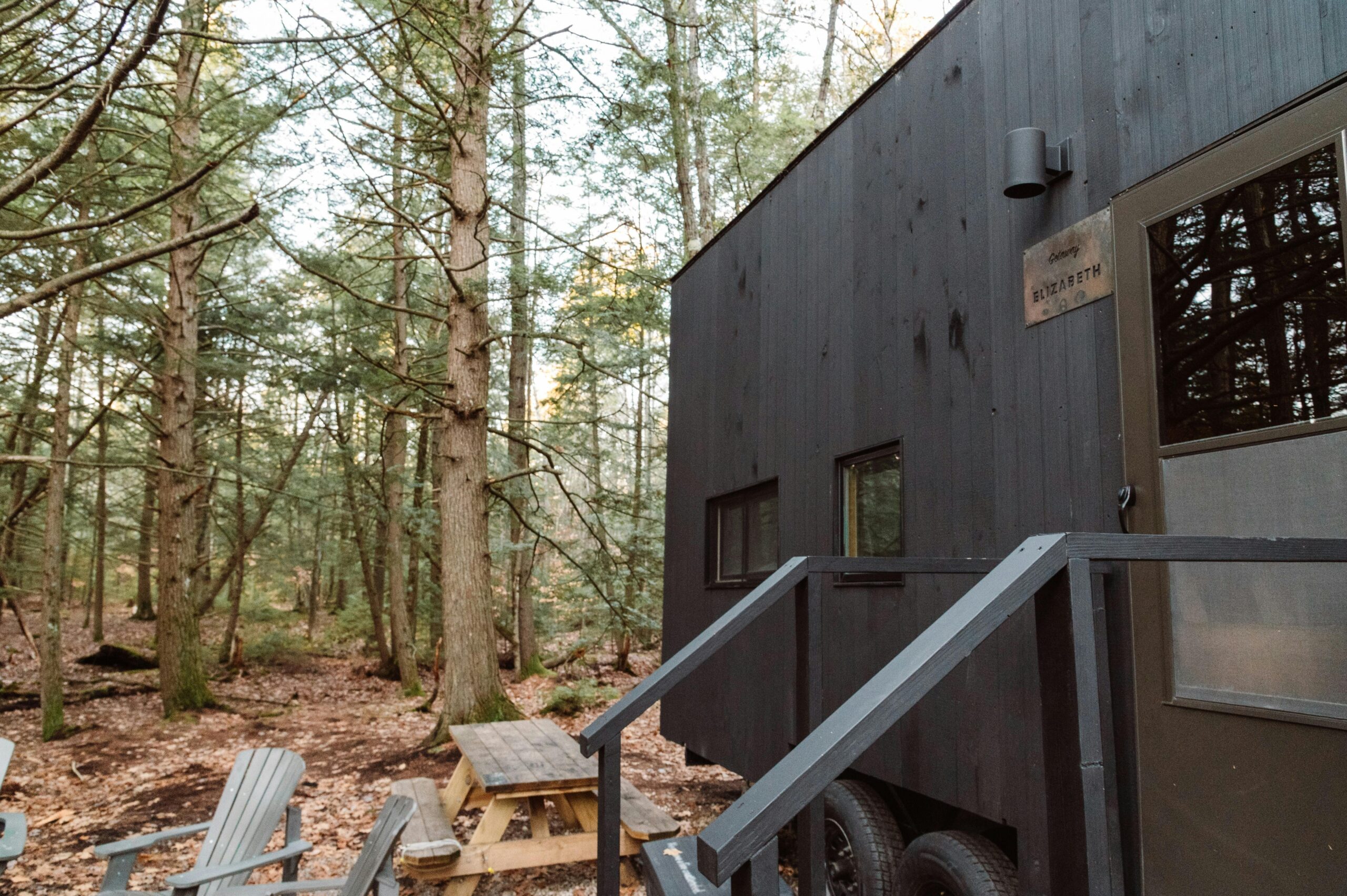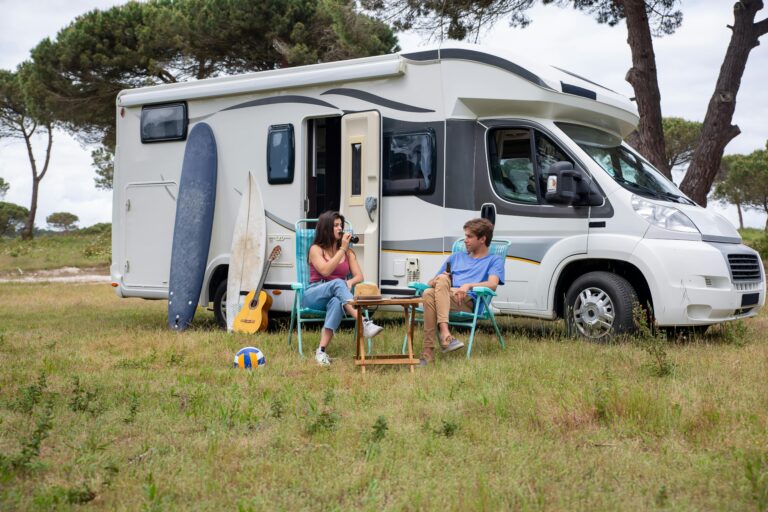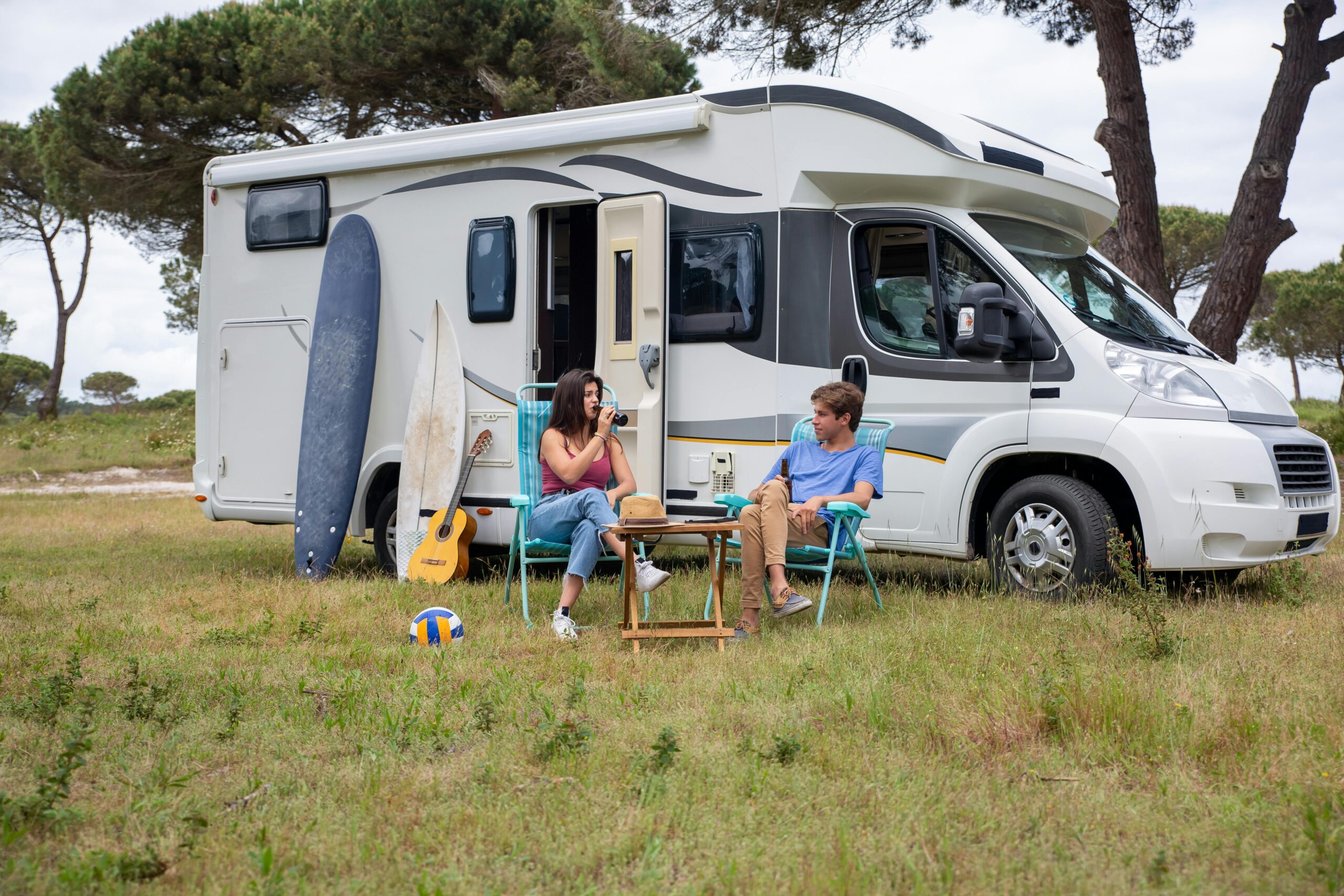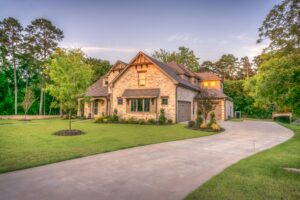
As housing affordability challenges intensify across the United States, mobile and manufactured homes are experiencing a significant resurgence. Once stigmatized and overlooked, these housing options are now seen as practical, cost-effective, and even desirable solutions for millions of Americans. From young families to retirees, buyers are increasingly turning to mobile and manufactured homes as a way to achieve homeownership without the crushing costs associated with traditional site-built homes.
In 2025, the rise of mobile and manufactured homes is not just a trend — it is a transformative shift reshaping the American housing landscape.
Understanding Mobile and Manufactured Homes
First, it’s important to define the terms:
-
Mobile homes typically refer to factory-built homes produced before 1976, when the U.S. Department of Housing and Urban Development (HUD) implemented stricter building standards.
-
Manufactured homes are those built after 1976 under the HUD Code, ensuring higher standards of safety, durability, energy efficiency, and design.
-
Modular homes, often grouped with manufactured homes, are also factory-built but must meet local building codes and are assembled on a permanent foundation.
Today’s manufactured homes are a far cry from the trailer parks of decades past. Modern units offer spacious layouts, stylish finishes, energy-efficient appliances, and even luxury upgrades — at a fraction of the cost of traditional homes.
Factors Driving the Surge
Several economic and social forces are fueling the rise of mobile and manufactured homes:
1. Housing Affordability Crisis
Home prices across the U.S. have surged over the past decade, far outpacing wage growth. According to the National Association of Realtors, the median existing home price in 2024 exceeded $400,000 nationally. In contrast, a new manufactured home (excluding land) averages around $130,000, making it a much more attainable option for many buyers.
For first-time homebuyers, lower-income families, and seniors on fixed incomes, manufactured homes offer an affordable path to ownership without sacrificing quality of life.
2. Advances in Design and Quality
Modern manufactured homes are built to high standards, often featuring:
-
Open-concept floor plans
-
High-end kitchens with stainless steel appliances
-
Energy-efficient windows and HVAC systems
-
Durable roofing and siding materials
-
Smart home technology options
As quality improves, the stigma once attached to mobile and manufactured homes is rapidly fading. In fact, many new models are virtually indistinguishable from traditional site-built houses.
3. Flexibility and Speed of Construction
Manufactured homes can be built and installed in a matter of weeks, compared to months or even years for traditional homes. This speed is critical in areas recovering from natural disasters or experiencing rapid population growth.
Additionally, manufactured homes offer flexibility in placement, allowing homeowners to live in rural, suburban, or even some urban areas where land is more affordable.
4. Changing Lifestyles and Preferences
Younger generations, particularly Millennials and Gen Z, are more open to nontraditional housing options. Many prioritize affordability, flexibility, and minimalism over large mortgages and oversized homes. At the same time, aging Baby Boomers looking to downsize are drawn to the low-maintenance lifestyle offered by manufactured home communities.
The growing acceptance of alternative housing types is helping to drive demand across age groups.
The Role of Manufactured Home Communities
Manufactured homes are often located in dedicated communities that offer amenities like clubhouses, pools, walking trails, and even gated security. These communities cater to various lifestyles, from active adults over 55 to families with young children.
Notably, resident-owned communities (ROCs) are gaining popularity. In these models, residents collectively own the land under their homes, providing stability and preventing rent hikes often associated with investor-owned mobile home parks.
By creating a sense of ownership and community, these models offer a strong alternative to traditional homeownership.
Financing Challenges — and Progress
Despite the benefits, buying a manufactured home still comes with challenges — particularly around financing.
Manufactured homes classified as personal property rather than real estate are often ineligible for traditional mortgages. Instead, buyers must rely on chattel loans, which typically carry higher interest rates and shorter terms.
However, this is slowly changing:
-
Fannie Mae and Freddie Mac have introduced pilot programs to back loans on manufactured homes.
-
Some lenders now offer conventional-style mortgages for homes placed on owned land or placed permanently on a foundation.
-
Legislative efforts at the federal and state levels aim to increase access to affordable financing options.
Improved access to financing is crucial to fully unlocking the potential of manufactured housing as a widespread solution to the housing shortage.
Manufactured Homes and the Affordable Housing Solution
Manufactured homes could play a pivotal role in solving the broader housing affordability crisis in America.
Compared to traditional construction, manufactured homes:
-
Cost less per square foot
-
Can be built faster and with less waste
-
Require fewer skilled laborers, addressing labor shortages in the building industry
-
Offer an immediate boost to housing inventory
Cities and states grappling with housing shortages are beginning to recognize manufactured homes as a legitimate and valuable option. Some jurisdictions are relaxing zoning restrictions to allow more manufactured housing developments, while others are investing in programs to support resident-owned communities.
Challenges to Address
Despite the positive momentum, several challenges must be addressed for manufactured housing to reach its full potential:
-
Zoning restrictions: Many communities have zoning rules that restrict manufactured homes or impose burdensome requirements.
-
Public perception: While attitudes are shifting, lingering stereotypes about mobile homes and manufactured housing persist in some areas.
-
Infrastructure investment: Manufactured home communities often need upgrades to utilities, roads, and public services to attract modern buyers.
Overcoming these obstacles will require coordinated efforts from policymakers, developers, lenders, and community leaders.
A New Era for Mobile and Manufactured Homes
The rise of mobile and manufactured homes marks a critical evolution in the American housing market. No longer seen as a last resort, these homes are now recognized as a smart, sustainable, and stylish option for millions of Americans.
As technology improves, public attitudes evolve, and affordability remains a top concern, the future for manufactured housing looks bright. In fact, it may hold the key to unlocking homeownership for the next generation — ensuring that the American Dream remains within reach for everyone, regardless of income level.






